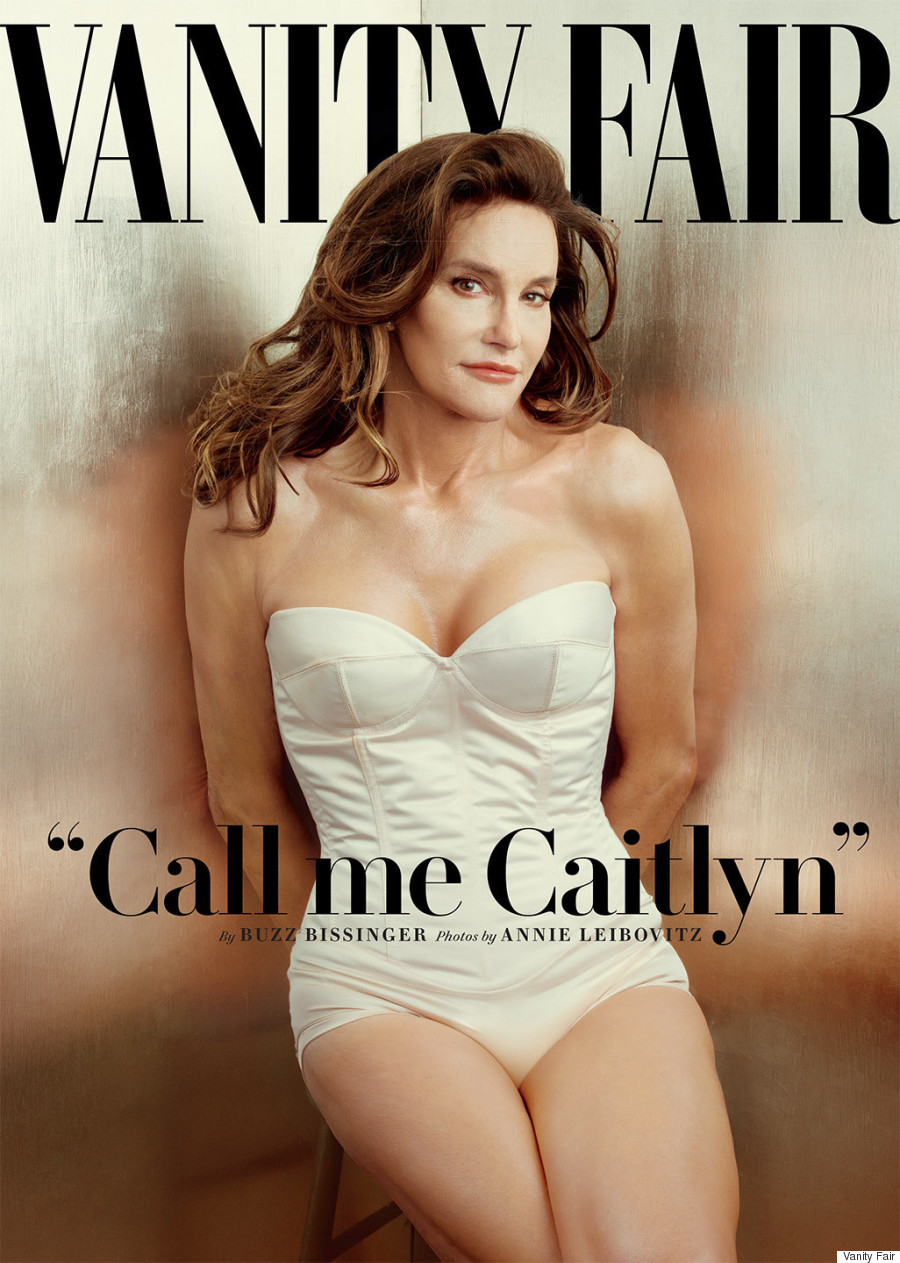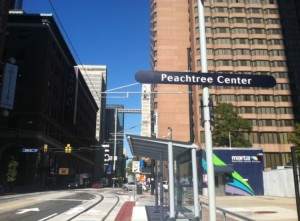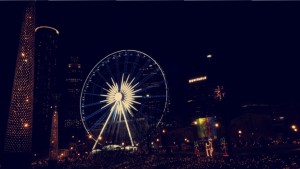Summary of “His & Hers: Designing for a Post-Gender Society” by Suzanne Tick

This is an image of Caitlin aka Bruce Jenner. She is transgender and has been working on being accepted as such. She deserves to be accommodated and respected as the woman she is. While it is not easy, changes to how we see things have to be made with her and design.
In Suzanne Tick’s article “His & Hers: Designing for a Post-Gender Society”, discusses how United States textile designers are arguing for more gender-neutral designs. The year is 2016; in this day in age, the line between man and woman is extremely blurred. There are plenty of women who identify as men and men who identify as women. She described this as “a time of gender revolution” (Tick). She argues that the designers should focus on the issues facing society and support acceptance and change.
Tick goes on by describing the widespread and popular modern design. She claims that such a design does not adequately represent both genders. It focuses more on the male gender because the males tend to dominate the work places and occupy a majority of the power in the offices. What about the women, though? Do they not count just because they are the minority? As the wave of feminism and LGBTQ rights movements have gained support, more companies are starting to see understand the importance of gender equality and support it.
As the article goes on, tick gives credit to the corporations that have started to make changes for equality. She uses Google as an example and recognizes how they now have gender-neutral and unisex bathrooms, in addition to conventional restrooms. Their goal with that is to allow “all individuals to feel comfortable, safe, and included- and not have to choose a gender while in the workplace” (Tick). While that goal was accomplished, Google is one company; others should follow in their actions.
A major example that Tick uses in the article is her comparison between accommodating the disabled and accommodating the varying genders. She says that if it can be made mandatory that we adjust establishments for people in wheelchairs, then the same accommodations she be made for other people. Tick does not believe that it should be approached in the same way, though. She admits that “it’s unbelievable how hard it still is to find accessible bathrooms and entryways” (Tick).
While Tick expresses the many ways that companies should be making changes for the changing gender roles, she also acknowledges the confusion associated with the changes. She understands that it can be difficult to make modification for a subject that is not yet understood. However, Tick provides an example of students asking to have their gender unspecified and their schools accepting that. Although it is difficult for people to comprehend amongst the confusion and disapprovals, she goes on to say, “as designers, we can’t fall behind in embracing that, too” (Tick).
Like Tick, I believe that as the world continues to develop and grow, we need to learn how to progress with it. All of those alterations are only the beginning. Tick believes that as the definitions of masculine and feminine change, the way that we treat them should change as well. People be able to should feel accepted regardless of where they are. In our post-gender world, it is important that we be mindful of individual needs.




